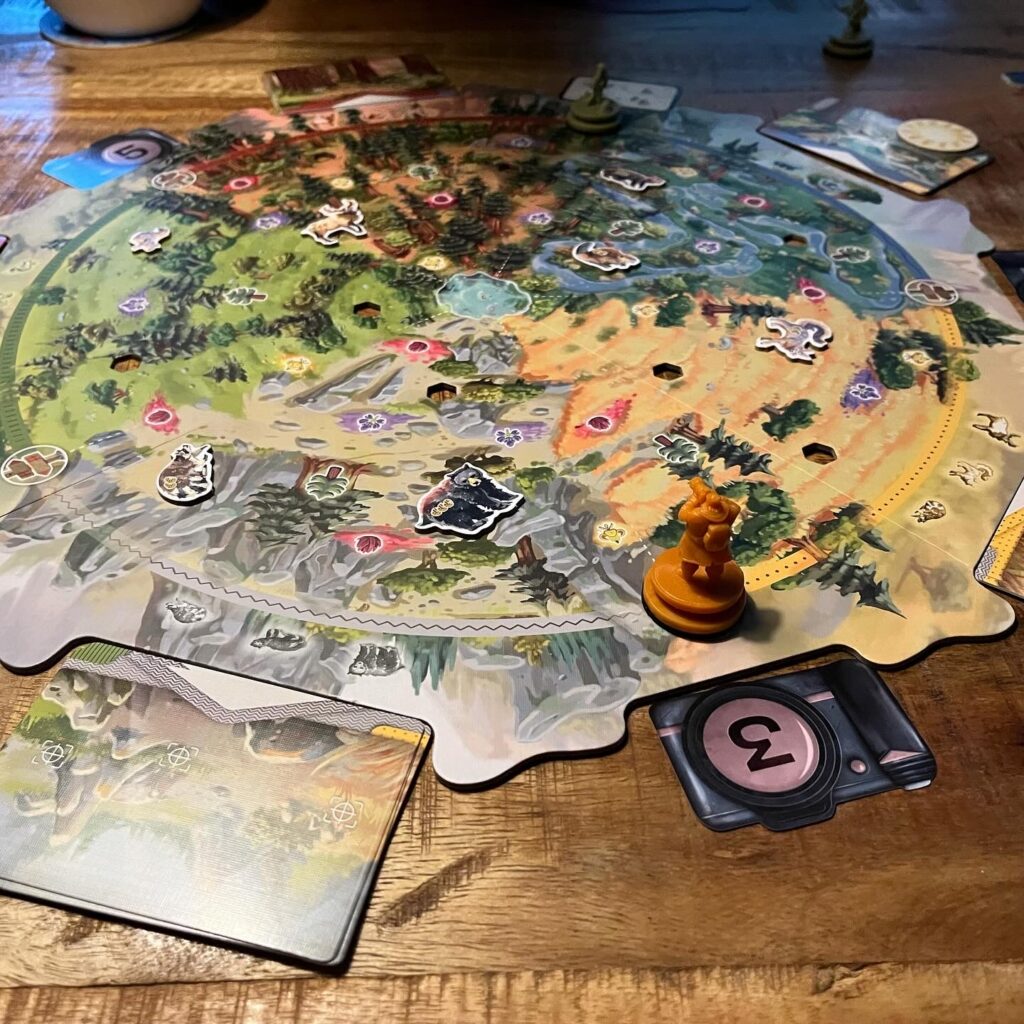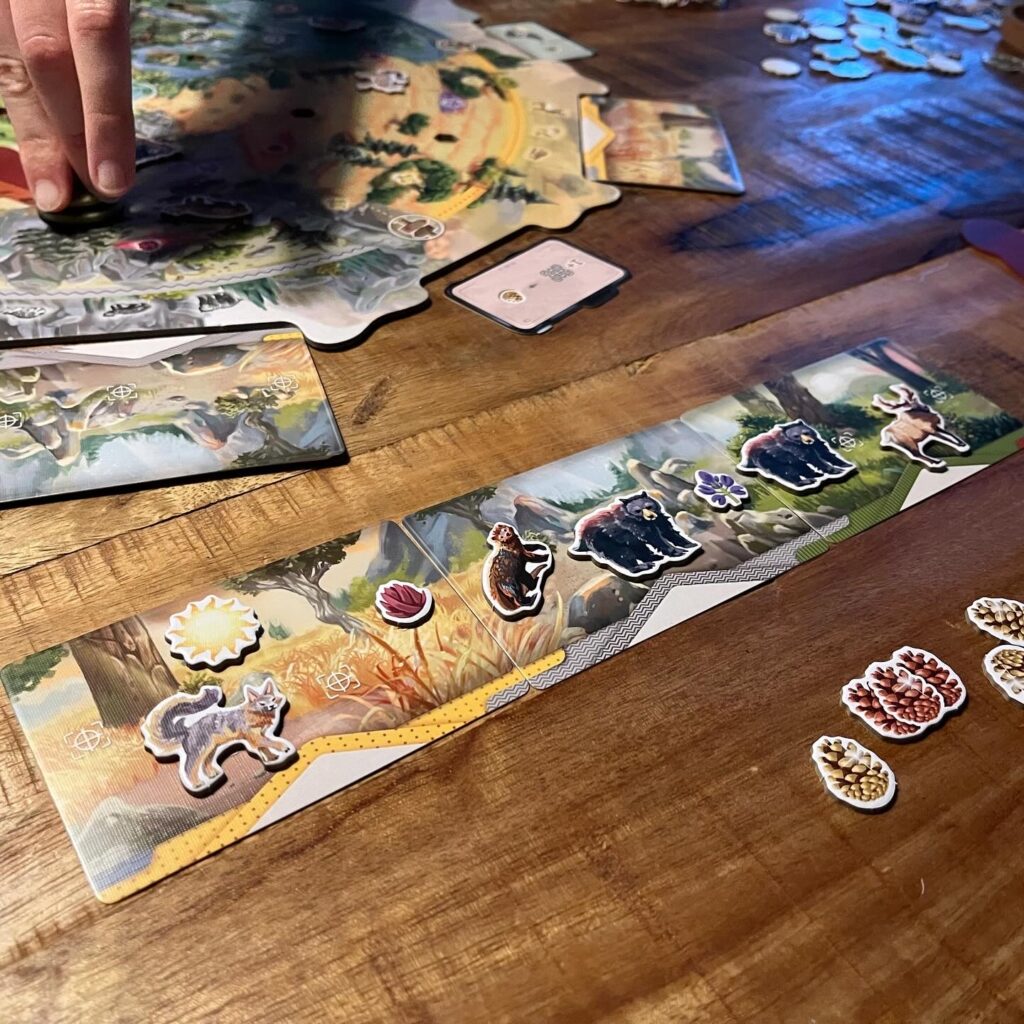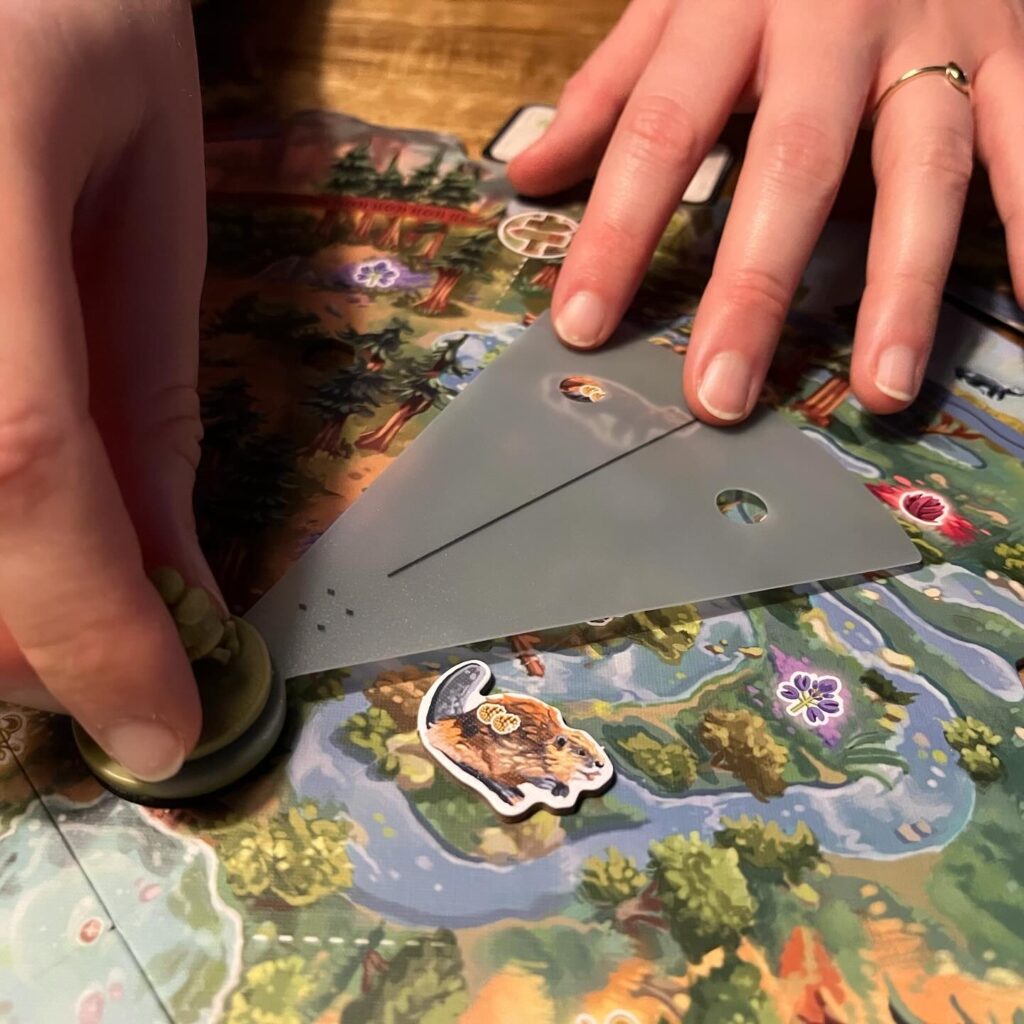As the sun shines through the leaves of a dense forest full of redwoods and forest creatures slowly awaken and the forest fills with comforting natural music, a young, talented photographer ventures out in the early morning to capture her favorite animal. Not literally but on a photograph. With a bag full of lenses and other equipment and her trusty DSLR in her hands, there is no moment of hesitation as she figures out a good position to capture the moment.
Next to the bed of clear spring water, the photographer decides to install her tripod on a soft surface overgrown with moss. A stable surface that prevents vibrations, but is also comfortable enough to position herself covered and crouched. She turns the camera for the best incidence of light and sets the aperture and shutter speed. Now it’s just a matter of waiting until the bear is in her sights. After testing her patience, the bear finally appears. She focuses the lens and with some quick finger movements manages to shoot the perfect picture where not only the bear takes a starring role, but also the red sequoia trees and the colorful flowers. It is the perfect representation of Redwood.
Goal
The name Redwood refers to the redwood: elongated thin trees with dark green leaves and red bark. A beautiful sight, but in Redwood there are several beautiful areas with all kinds of wildlife including flowers and animals. Players take the role of photographers who try to shoot the most beautiful panorama with the most animals, flowers and trees in this beautiful board game forest.

Photos must be taken in the correct order, have enough variety, not be overexposed to guarantee that players earn points. The timid animals continue to move through the forest and photographers are given a new task each round that allows them to earn points. The sun slowly moves around the board and whoever has shot the best panorama after five rounds, thereby earning the most points, wins Redwood. By the way, in a variation, photographers can also take pictures as a team.
Setup
There are multiple cards that determine the starting layout. Choose any side of one of these cards and place the animals in the forest appropriately. Place stacks of picture cards next to the corresponding biomes on the game board and place random target cards as indicated.
Next to the board, players place all plastic templates and all the different chits (pine cones aka points, animals, flowers, trees and suns). Place the sun in the indicated spot and give each player two pawns. The starting player receives a camera token, but the last player may place their pawn first. Once all players have placed their pawns on the game board, they can shoot pictures.
Gameplay
Redwood runs ingeniously and can be compared to a wargame with plastic miniatures. This may surprise you quite a bit, so I will provide some context. In wargames or miniature games, players often move their figures with templates or rulers. Think, for example, of Gaslands or X-Wing. In those games, players place a template (for example, a piece of cardboard) to determine how their figure moves. Figures are also moved this way in Redwood.


During their turn, players choose one of the templates to move and a template to determine how to take a picture. Players are not allowed to test out the templates, so they must make do with their judgment. If they want to borrow a template from another player, they must pay for it with pine cones.
The chosen template to move with, they click to their figure on the game board. They rotate the template as desired and place the two figure at the end. The first figure and template are carefully removed from the board and the two figure remains. That is the photographer’s new location. They then click the camera template to determine where they can take a picture of it. Players are not allowed to move through other players or take pictures of other players. Privacy is an important right in this game. At least…for the photographers.
The location of the photo is determined by the background of the bioom the camera points to. Players take the corresponding photo card and add it to their panorama. All animals, flowers and trees covered by the template can be in the photo. Players take the corresponding chits and place them on empty spaces in the photo card they just acquired. Think carefully about the ways to earn points I described earlier. Should the sun be on the horizon of the photographed background, the photographer also places a sun token.


Animals may not have privacy in Redwood, but they do prefer it. Once an animal is captured in a photo, that animal moves on the game board. Different goal cards indicate how players can earn extra points during photos they take in a round. The sun moves at the beginning of the next round, revealing new targets. After five rounds, there is a final scoring process.
Verdict
Redwood, like basically all games from Sit Down! is developed around a unique game mechanic. These are game mechanics with an unexpected application or an entirely new technique. Redwood ingeniously applies a mechanism that fans of miniature games may already be familiar with. As a result, this game mechanism feels innovative, fresh and intuitive.
When players see Redwood on the table, it is quickly obvious how to play and what they should do. As with Sit Down!’s Dive, judgement is of undeniable importance. Players should carefully assess and plan their movement, the end of this movement and possible area to be photographed in order to shoot the perfect picture.
Game play is tremendously smooth, keeping players engaged until the end. The scoring feels balanced and varied which also makes it exciting to see who managed to capture the best panaroma. With different starting setups, different goals and gameplay variations, replayability is also great. I think Redwood appeals to families, novice players and experienced players who want a light-hearted and unique experience for once. Redwood is a picture!




